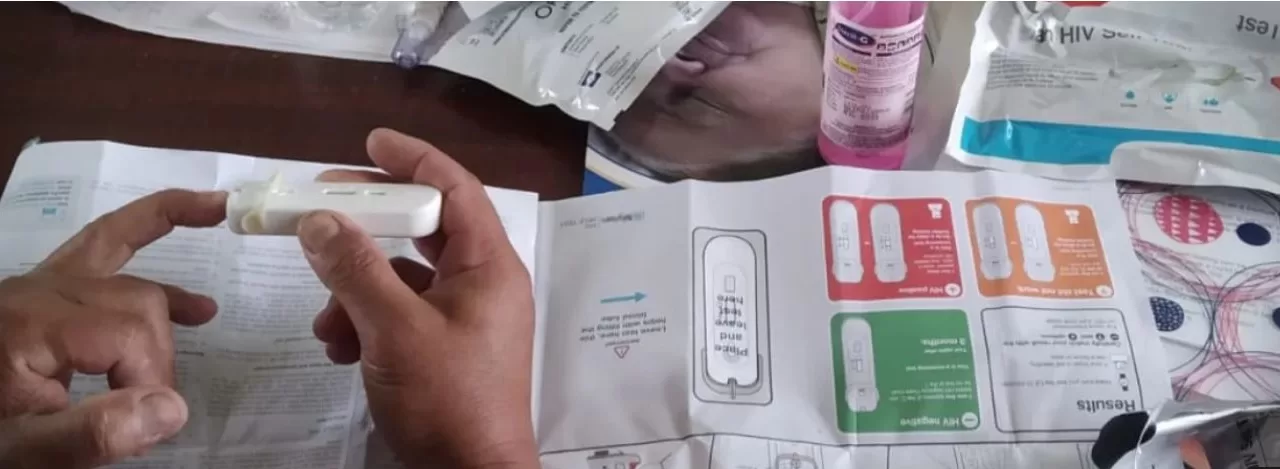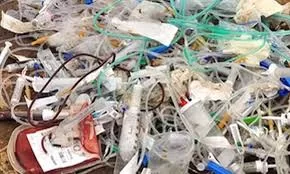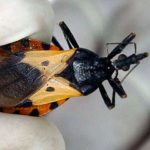In a concerning turn of events, an unlicensed spa operating in New Mexico has been implicated in a cluster of HIV infections among its clients who received platelet-rich plasma (PRP) microneedling facials. The investigation, spearheaded by the US Centers for Disease Control and Prevention (CDC), has shed light on serious violations of infection control practices and raised significant questions about public safety in cosmetic clinics.
The CDC’s probe, spanning over five years with ongoing segments, has led to the closure of the spa in question. Dr. Anna Stadelman-Behar, from the CDC’s Epidemic Intelligence Service, disclosed that at least three clients have contracted HIV after undergoing PRP microneedling facials at the unlicensed establishment.
PRP microneedling, often colloquially referred to as a “vampire facial,” involves extracting a patient’s blood, separating the platelets, and reinjecting them into the skin using a syringe or microneedling device. This procedure is popular for its purported skin rejuvenating effects, leveraging the growth factors released by platelets to stimulate tissue regeneration.
Dr. Anthony Rossi, a dermatology expert, explained the science behind the procedure, emphasizing its role in promoting the regenerative nature of treated areas. However, the allure of cosmetic enhancement was overshadowed by the grim revelation of HIV infections linked to the spa.
The alarm was first raised when a woman, devoid of any known HIV risk factors, was diagnosed with the virus after undergoing microneedling facials at the spa. Subsequent investigations by the New Mexico Department of Health and the CDC unveiled a series of appalling infection control violations at the establishment.
Among the findings were numerous breaches of protocol, including the presence of unlabeled blood tubes and medical injectables stored alongside food, unwrapped syringes scattered across the premises, and the absence of essential sterilization equipment like an autoclave. The lack of proper licensing and appointment scheduling systems further underscored the disregard for basic safety measures.
In total, four clients and one intimate partner of a client were diagnosed with HIV during the investigation, although one client and her partner were believed to have been infected prior to their spa visit. The precise route of contamination remains unclear, with investigators unable to collect specimens during the site visit for conclusive analysis.
Dr. Anne Chapas, emphasizing the medical nature of cosmetic procedures, advocated for their administration solely by qualified medical practitioners. She stressed the need for understanding the associated risks, echoing concerns raised by the CDC regarding the safety of such treatments.
While PRP microneedling has gained traction in both medical and cosmetic settings, the recent events highlight the paramount importance of stringent infection control measures and the vigilance of healthcare providers in identifying potential sources of transmission.
Dr. Stadelman-Behar emphasized the pivotal role of healthcare workers in flagging suspicious cases, emphasizing the significance of provider-led intuition in initiating investigations. As the inquiry unfolds, it serves as a stark reminder of the critical intersection between cosmetic procedures and medical safety protocols, prompting calls for heightened regulatory oversight and practitioner accountability in the burgeoning cosmetic industry.












